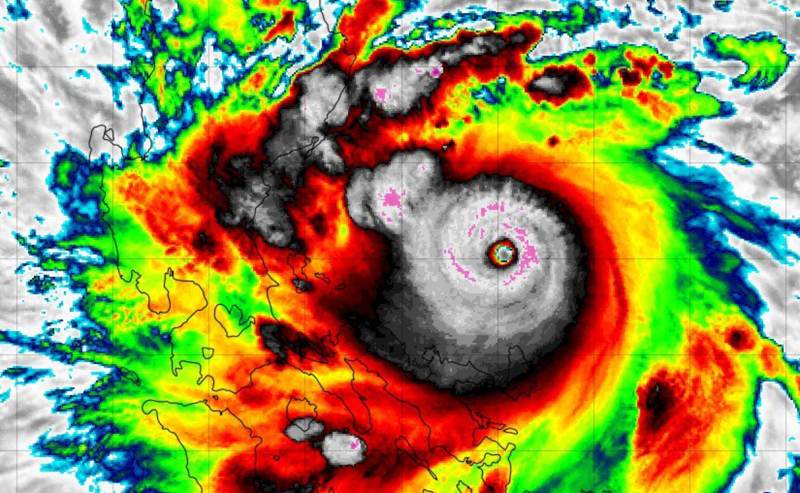Super typhoon Noru did not trigger Philippines catastrophe bond

The calculation agent for the Philippines government’s World Bank issued IBRD CAR 123-124 catastrophe bond has now completed its analysis of recent super typhoon Noru’s winds and concluded that the storm wasn’t a triggering event and so no losses of principal will be suffered by investors in the cat bond notes.
We reported earlier this month that the Bureau of the Treasury of the Republic of the Philippines issued a notice to request its World Bank issued catastrophe bond undergo another event calculation process following super typhoon Noru.
As we also reported, following that and due to the perceived severity of super typhoon Noru, the outstanding $97.5 million of cat bond notes exposed to Philippines storm from this World Bank supported deal saw their prices slashed in the secondary market, with most sheets marking them down for an expectation of a significant loss.
The remaining $97.5 million of notes from the Class B tropical cyclone exposed notes of the Philippines cat bond had been marked down for bids of below 5 cents on the dollar across all the pricing sheets we saw, as low as zero on one. Before typhoon Noru they were marked at just below par, in the high 90’s.
Which implied that the cat bond broking desks suspected a loss of principal would be the final outcome after typhoon Noru and saw a chance of a 100% draw-down of the remaining $97.5 million.
We also saw two cat bond fund managers commenting that the severity of typhoon Noru, known locally in the Philippines as typhoon Karding, implied holders of the World Bank’s Philippines cat bond might face another loss of principal after the storm.
But, now the calculation process has been completed, it appears super typhoon Noru has been deemed not to be another triggering event for the Philippines catastrophe bond, with no loss coming due to the storm.
As a reminder, the cat bond features a modelled loss trigger that takes many inputs on a storm, with its winds just one factor. This is run against a database of exposures and the precise track of a typhoon then becomes very important in deriving whether a storm breaches the cat bond trigger, or not.
In this case we’re told that the modelled loss figure derived from the cat bond calculation agent process after typhoon Noru was actually some way from the level required to trigger this cat bond again.
That’s just based on typhoon Noru’s winds though and there will also be a calculation process that runs for the rainfall from the storm, as these notes cover tropical cyclone wind and rains.
Because of that and even though a payout is deemed relatively unlikely due to the rains, there is now a chance the remaining Philippines cat bond notes see their maturity extended, if the calculation for the rainfall takes some time (it tends to take a lot longer than wind, as the rainfall data needs gathering from multiple sources).
An extension of maturity would be automatic, unless the sponsor (the Philippines government), decided against the need for that to happen.
The maturity of the Philippines cat bond is due early December, so this will be worth keeping an eye on for holders of the notes.
As a reminder,the Philippines catastrophe bond already paid out US $52.5 million from the cat bonds principal earlier this year, after typhoon Rai (Odette), a 35% payout from the, at that stage, $150 million of Class B cyclone risk exposed cat bond notes.
Following that typhoon Rai payout, the Philippines government still has $97.5 million in catastrophe bond principal outstanding to provide cyclone protection against future storms and it is this principal that is now at-risk from losses due to super typhoon Noru.
Given the cat bond market and investors had largely been anticipating another loss of principal with these notes after typhoon Noru, there will be some recovery in value to be had for those that had marked the bond down conservatively.
As a result of the calculation report coming available and it deeming there was no triggering event, the price of the affected cat bond notes have now risen again in the secondary market, recovering almost all their lost value.
You can read all about the landmark Philippines catastrophe bond, the IBRD CAR 123-124 issuance, in our comprehensive catastrophe bond Deal Directory that features details on more than 850 cat bond transactions.






